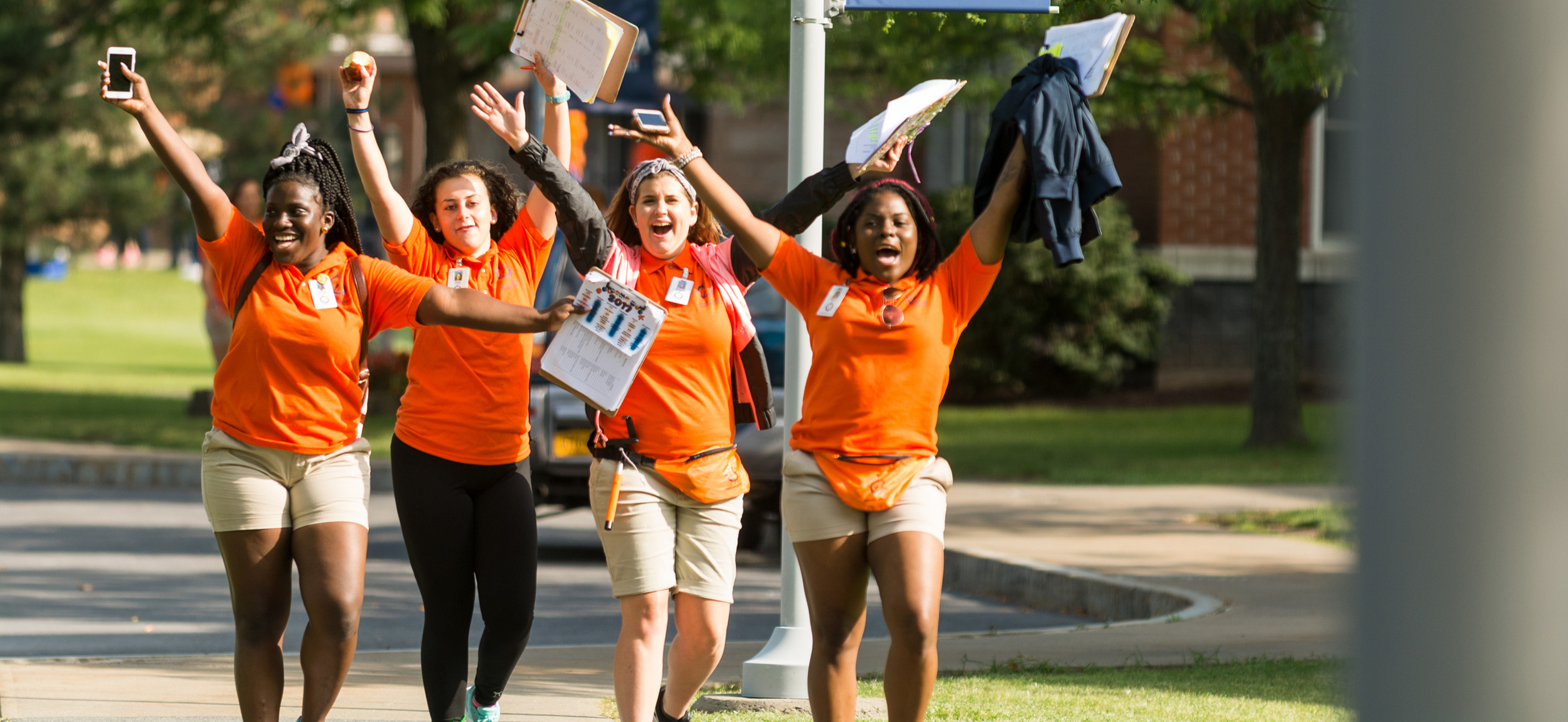Utica University Style Guide
Punctuation
Serial Comma
Use a comma before "and" or "or" in a series of three or more items:- The flag is red, white, and blue.
- Is it animal, vegetable, or mineral?
Note: When items in a series contain internal punctuation (e.g. commas), use semicolons in the same manner as described for the serial comma:
- The final tally of participants was Utica, 17; Becker College, 12; and Notre Dame, 7.
Hyphen
Use a hyphen whenever it will help to avoid ambiguity:- He re-covered his leaky roof.
- He recovered his health.
- a first-quarter touchdown
- a bluish-green dress
- a full-time job
- a well-known man
- an on-ground program
- a very good time
- an easily remembered song
- The team scored in the first quarter.
- The dress appeared to be a bluish green.
- She works full time.
Use a hyphen in the word "e-mail"; however, do not use a hyphen in the word "online":
- You can check your e-mail online at http://webmail.utica.edu.
Ampersand
Use the ampersand (&) in place of "and" only in corporate names. (Ex: Pratt & Whitney)
Quotation Rules
The comma is always placed inside the quotation mark:- "Gerald," he said, "let's organize."
- "Pro football is like nuclear warfare. There are no winners, only survivors." (Frank Gifford)
- Pilate asked, "What's truth?"
- What is the meaning of the term "half truth"?
Brackets and Parentheses
Place the period inside the parentheses or brackets when the enclosed material is an independent sentence constituting no part of the preceding sentence. Otherwise, it should be placed outside the parentheses or brackets.- [There was a comment in the suggestion box.]
- He arrived at noon (just in time for lunch).

